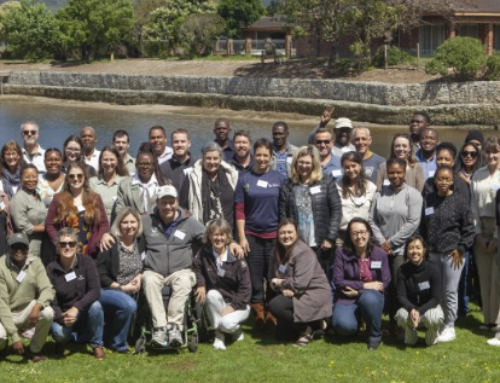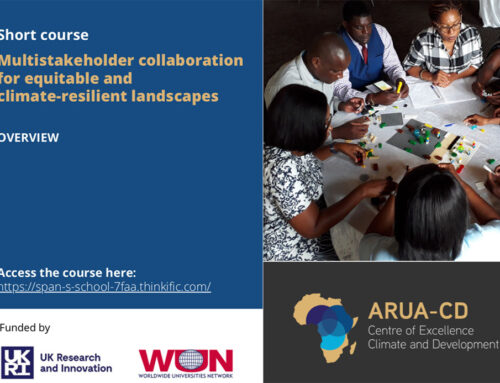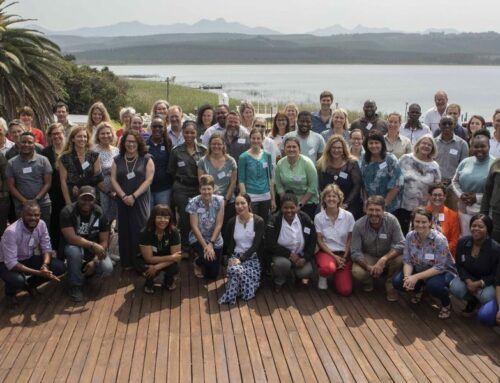The book “Principles for Building Resilience: Sustaining Ecosystem Services in Social-Ecological Systems” was co-edited by SAPECS-affiliated researcher Reinette (Oonsie) Biggs, and provides an in-depth review of current knowledge around how resilience can be applied in the management of social-ecological systems and the ecosystem services they provide. A number of SAPECS-affiliated researchers contributed to the book, including Georgina Cundill, Karen Kotschy, and Christo Fabricius.
A matter of principle
With contributions from scholars around the world and across disciplines, the chapters are structured around seven key principles for building resilience: maintain diversity and redundancy; manage connectivity; manage slow variables and feedbacks; foster complex adaptive systems thinking; encourage learning; broaden participation; and promote polycentric governance.
“Although a definitive set of principles for enhancing the resilience of social-ecological systems does not yet exist, our review suggests that there is sufficient knowledge to come up with a preliminary list of principles to provide practical guidance,” says Oonsie Biggs, one of the new book’s editors.
Together with Centre colleague Maja Schlüter and Michael Schoon, from Arizona State University, she edited the book which is written for researchers, lecturers, practitioners and graduate students, and all those working at the core of resilience science and in the broader fields of sustainability science, environmental management and governance.
Nuances and interactions
The seven principles in the book build on a 2012 publication in the journal Annual Review of Environment and Resources.
“These principles should not be viewed as universally beneficial in any and every system. They all require a nuanced understanding of how, when, and where they apply, as well as how they interact with or depend on other principles,” Maja Schlüter explains.
The book goes through the seven principles, one chapter at the time, assessing the evidence in support of each principle, while discussing their practical application and outlining further research needs. Read more about the book here.
The Stockholm Resilience Centre has also produced a popular summary of the book, where each principle is presented along with an example of how it has been applied. Read more and download the summary here.













